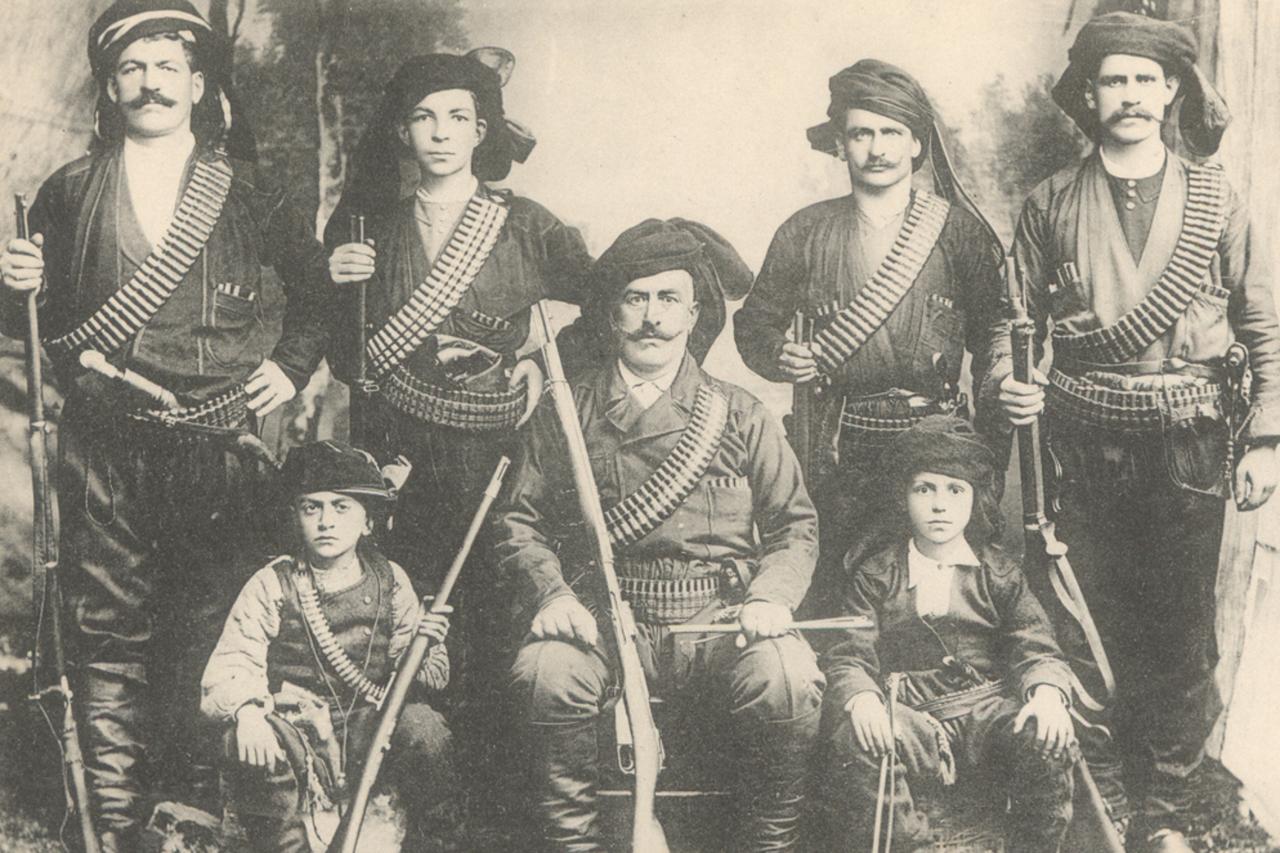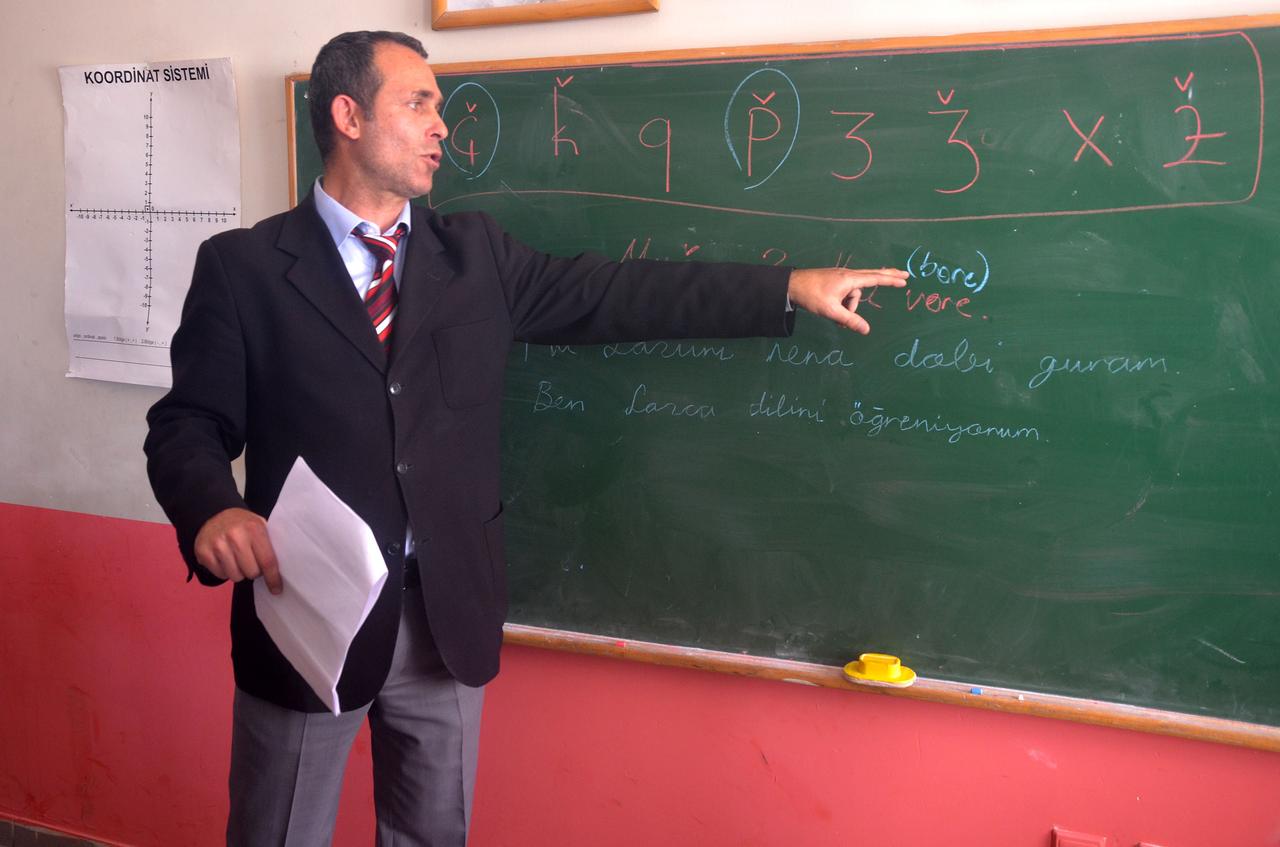
Laz, known as Lazuri to its speakers, is a South Caucasian language spoken mainly in Türkiye’s Black Sea provinces of Rize and Artvin, with smaller communities in the Marmara region, Georgia, and diaspora.
Classified by UNESCO as “definitely endangered,” Laz has seen a dramatic decline in speakers since the mid-20th century.
The last official census in 1965 recorded just over 26,000 people speaking Laz as a mother tongue in Türkiye, alongside more than 55,000 second-language speakers. Today, exact numbers are unknown, but researchers estimate that younger generations have far lower proficiency, with many only understanding the language passively.
| English | Georgian | Mingrelian | Laz |
|---|---|---|---|
| Woman | Rali | Ossuri | Okhordja |
| Wife | Tsoli | Tchili | Tchili |
| Child | Bofshi | Tchkhitchkha | Berre |
| Son | Vaji | Skwa | Bidji |
| Daughter | Rali | Dzgabi | Bozo |
| Slave | Rma | Rotchi | Riele |
| Cultivator | Tokshneli | Makhatchkali | Makhatchkali |
| Shepherd | Mtskessi | Tchwishi | Tchkhesi |
| God | Ghmerti | Ghoronti | Tanghri |
| Devil | Esmaki | Mazakwali | Sheitan |
| Sun | Mze | Bja | Mjora |
| Moon | Mtvari | Tuta | Tuta |
| Star | Varsklavi | Muritskhi | Muritskhi |
Laz words—compared with Georgian and Mingrelian—from Peacock (1887). (Source: Amateur linguist Demetrius Peacock, 1887; table compiled by Koray Erdogan)
The shift from Laz to Turkish accelerated after the founding of the Turkish Republic in 1923, when state policies promoted a single national identity and language. Laz, once used in fishing villages and mountain communities, became confined to private and rural settings. The spread of Turkish through education, urban migration, and mass media has further reduced the domains where Laz is spoken.
Economic changes also played a role. The introduction of tea cultivation in the Laz homeland created new jobs but also deepened dependence on state institutions, where Turkish was the dominant language. Roads linking remote villages to urban centres facilitated migration and daily interaction with non-Laz speakers, leading many families to stop transmitting Laz to their children.

Despite these challenges, Laz activists and scholars have made significant strides since the 1990s. The Lazika Publishing Collective has produced dozens of bilingual Turkish-Laz books, and literary works in native dialects are on the rise. In 2013, Laz gained official recognition when it became an elective course under Türkiye’s “Living Languages and Dialects” programme, though enrolment has remained low.
Media and technology are also being used to revitalize the language. Laz-language YouTube channels, children’s puppet shows, and online courses have attracted thousands of viewers. Community initiatives mark “Laz Language Day” each November, celebrating music, oral histories, and traditional foodways.
| Italian | English | Laz |
|---|---|---|
| Calzoni | Trousers | Scalvan/Pantoloni |
| Capelli | Hair | Toma |
| Forno | Oven | Furun |
| Montagna | Mountain | Daghi |
| Nuvola | Cloud | Pula |
| Sole | Sun | Giara |
| Uccello | Bird | Xinczi |
Laz words, with Italian and English equivalents, as documented by Hervás y Panduro (1787). (Source: Spanish philologist Lorenzo Hervás y Panduro, 1735–1809; table compiled by Koray Erdogan)
Laz is not only a linguistic treasure; it also preserves unique environmental knowledge. Ethnobotanical research has documented over 1,000 Laz plant names, many of them held by older women in rural areas. These names reflect deep cultural ties to the biodiversity-rich Caucasus region, where Laz is part of both a linguistic and ecological hotspot.
However, researchers warn that plant names—and the knowledge they represent—may disappear even faster than the language itself as traditional agricultural life fades.
While the number of fluent Laz speakers continues to decline, there is optimism that revitalization efforts can succeed if younger generations engage with the language in daily life. Scholars and community leaders stress that preserving Laz is not only about safeguarding cultural identity, but also about contributing to global linguistic diversity.
In 2008, declared the International Year of Languages by UNESCO, the organization updated its “Atlas of the World’s Languages in Danger.” The March update stated that out of the 6,700 languages spoken worldwide, 2,400 face the threat of extinction. Laz was listed among the definitely endangered languages spoken in Türkiye.
As one Laz proverb puts it: “Nananena var goindinen”–The mother tongue must not be lost.